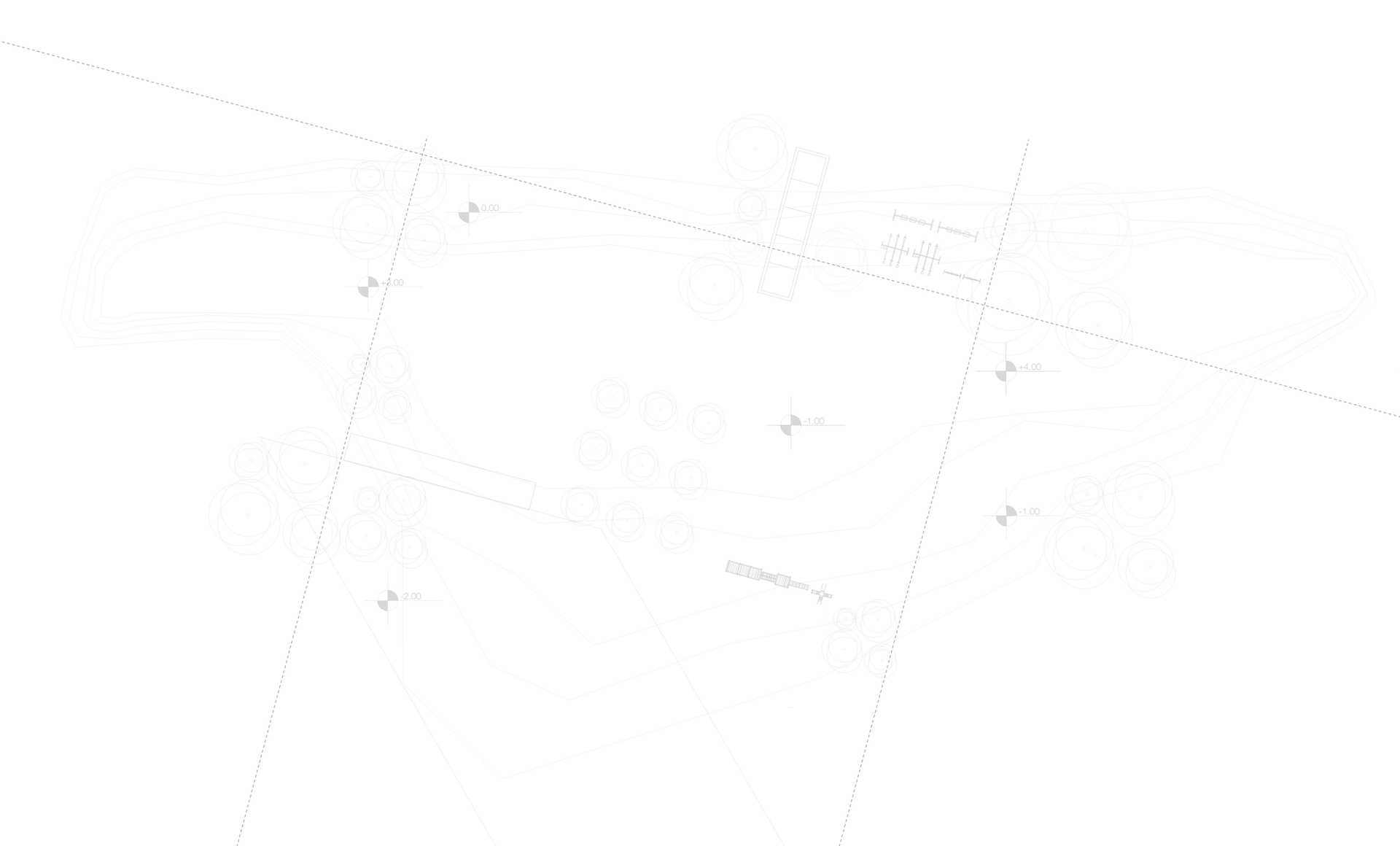Understanding zoning
- David

- Feb 12, 2018
- 2 min read
Almost all land in NSW has been designated with a "zone" under a planning instrument. These are typically a Local Environmental Plan (LEP - prepared mostly by the local Council) or a State Environmental Planning Policy (SEPP - mostly prepared by the State government).
Each zone will typically have a series of objectives outlined in the planning instrument, which provide for the desired outcomes of development that will occur within the zone. Considering the objectives of the zone is important for the consent authority assessing a Development Application and they are often important in legal disputes. Ideally, the uses allowed in the zone should reflect the underlying objectives.

Next the zone will provide for development that can be carried out without consent. This is typically low impact development where a Development Application is not required.
Following this, the zone will provide for Development that can be carried out with consent. This is typically development that requires a Development Application, which is mostly approved by the local Council subject to meeting the requirements of relevant planning policies.
Finally, the zone will provide for development that is prohibited. This is development that cannot proceed in the zone, even if someone lodges a Development Application with the Council. The Council does not have the legal power to approve it. A rezoning is usually required if you want to proceed with a development that is prohibited in the zone.
In a few cases, there can be other planning instruments that override zoning in certain circumstances, so it always pays to look at all of the planning controls that apply to a site. This can be found by ordering a s149 planning certificate from the local Council.
Zoning is by no means the only planning control that applies to a site, although it is often a good starting point to working out the sort of development that you can proceed with.
Over the last 10-15 years, zoning across the state has become a lot more standardised and almost all LEPs, SEPPs and zoning maps can be found at the NSW legislation website www.legislation.nsw.gov.au




Comments